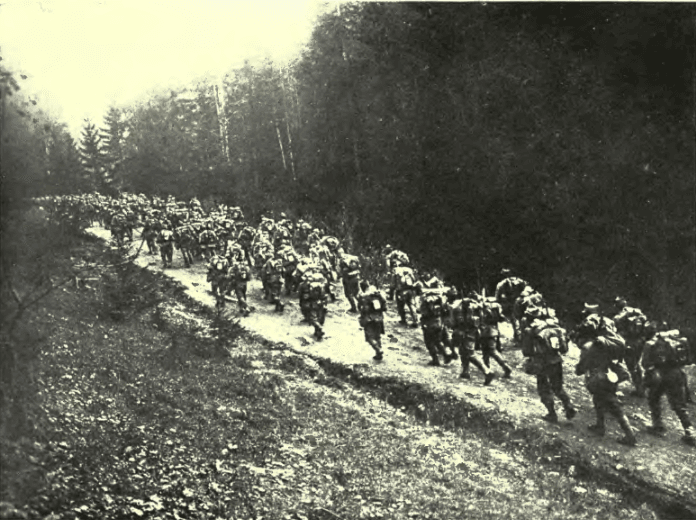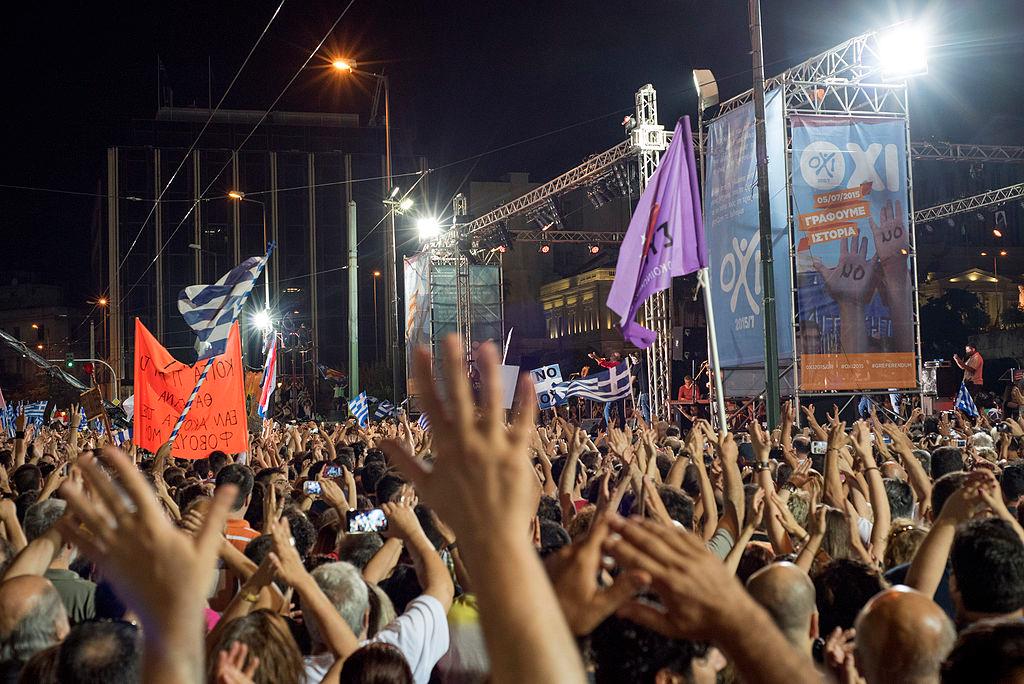There have been numerous movies and books dedicated to the Western Front, rightly so as after all it was an egregious stalemate-turned-massacre, yet historians do not seem to want to pay too much attention to the other side of the conflict, namely the Balkans, where another type of war played out.
Romania, a place where some cannot point to on map, is often forgotten that it actually participated in the Great War. When it officially joined the Entente in 1916, Hindenburg wrote: “It is certain that so relatively small a state as Rumania had never before been given a role so important, and, indeed, so decisive for the history of the world at so favorable a moment.”
Perhaps what is more interesting is that during the war a Times article that ran in 1917 called the Romanian front as “The only point of light in the East”.Yet was this truly the case?
Romania joined the war decisively against Germany and the Austro-Hungarian empire after a great deal of encouragement from Britain, namely Lieutenant-Colonel Christopher Thomson who made his way to Bucharest, the capital of Romania, on Lord Kitchener’s demand to form another front against the Germans and thus relieve the pressure in the West, something also due to ineptitude of the Russian army.
Thomson was ultimately successful in persuading King Ferdinand I, the king of Romania, to join the Entente. Yet, he did not join out of benevolence, rather he set his eyes on capturing Transylvania from the Austro-Hungarians, as was expected according to the trends of great power politics in that era.
After the Treaty of Bucharest was signed in 1916 with the Entente, Romania declared war on Austria- Hungary on August 27th, 1916, which led to a German declaration of war the next day. In the course of a week Romania found itself at war with Bulgaria, and it’s long-ridden historical enemy, the Ottoman Empire.
Immediately following the declaration, Ferdinand sent out a proclamation that began: “Romanians! The war which for the last two years has been encircling our frontiers more and more closely has shaken the ancient foundations of Europe to their depths.” Thus Romania’s long drawn out sue for peace finally came to an end as it became obvious that Russia’s imminent defeat would force it into the war regardless of its relative neutrality. The Romanian army which was comprised of more than 600,000 men was ready to be deployed, and although ill-equipped and poorly trained, Ferdinand’s words resonated as their motivation.
Ferdinand sent three divisions of his army to attack Transylvania, which led to a lightning speed offensive that captured major towns such as Brasov, and even the outskirts of Sibiu. The army managed to maintain the offensive until September when the Central Powers became worried by the success of the Romanian army, and answered with 12 divisions comprised of Austrian and German troops which managed to stop the Romanians in their tracks and finally push them back to their original lines.
An interesting side anecdote that is often overlooked is that Erwin Rommel, the famous Afrika Korps German Field Marshall made his career by serving in the Transylvanian theatre in 1916, as a young officer.
The Romanian army found itself on a two front war, one which historians argue that ran across 1100 km, which was more than the Russian front, as a result of the Ottoman and Bulgarian threats that arose around its borders. As a result of the lack of equipment, and very few Entente supplies Ferdinand found himself to be overwhelmed to the point that even the strategic port of Constanta was lost, regardless of the four divisions of Russians that were placed to defend the outpost from the Ottomans.
By late 1916, the nation was forced to relocate its government in Jassy, all the way in the north, a 400 km distance from Bucharest as a result of the Central Power’s huge offensive successes, which were halted in a Western-type stalemate that separated the Moldavian region from Dobrogea. Romania’s luck ran out when in 1917 the Russian October Revolution meant that Russia was out of the war and out of Romania which finally forced Ferdinand to surrender to the Central Powers, in the infamous Focsani Treaty.
So where is the light that the Times article referred to? The Romanian campaign managed to alleviate some of the pressure from the Western Front, which resulted in the deaths of about 220,000 thousand Romanian men, not including civilian casualties.
Lloyd George did not hesitate to praise the Romanian troops through a letter he had sent to the government which read: “I wish to express on behalf of the British Government our deep admiration for the heroic courage and momentum that the Romanian people have proven during a year of almost unmatched adversities. The resistance so precious for the common cause - which this army is using to fight against the enemy in very harsh conditions - gives a great example of the strength that freedom can instil to a liberal people.”
Ironically however after its surrender the Germans took control of the vast oil fields in Ploiesti and pumped millions of litres for the use of the Western Front- something Hitler repeated in the Second World War.The Romanians were not done as on November 10th, 1918, a day before the armistice ended the war, Romania re-entered on the Entente side as Bulgaria was defeated, and Germany was completely devastated.
A historical infallibility is that the Romanian front was indeed a colossal failure and long stalemate, yet when compared to the rest of the Eastern Front it was indeed “a light”. This is not to detract from the fact that Romanian troops fought with no supplies, outdated British and French weapons, and very little of the promised Russian support. Yet they still fought valiantly for a unified Romania, something which they had achieved in 1918.
Milad Doroudiam a native of Jassy Romania, is a writer, historian, and the senior editor of The Art of Polemics magazine. He is currently working on a book on The Jassy Pogrom of 1941.




